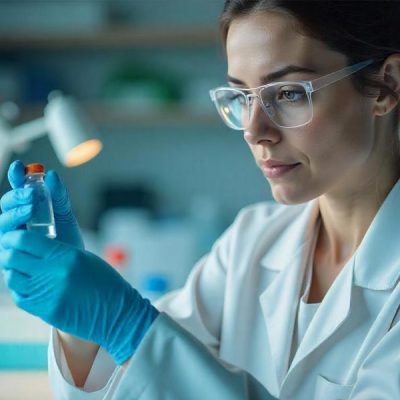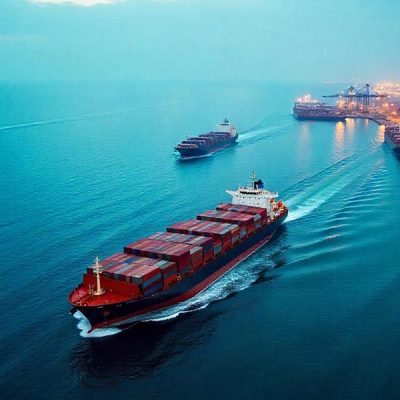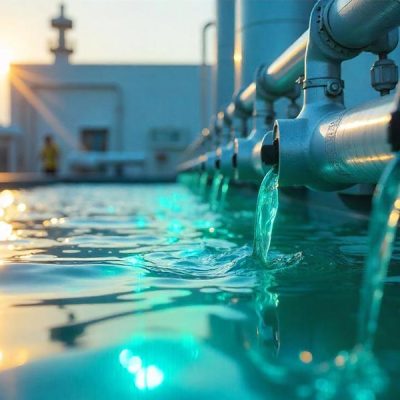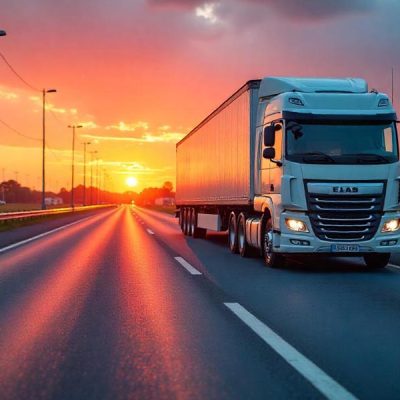The Ghost in the Machine Room
There’s an open secret in maritime circles that few outside the industry comprehend: the ships carrying your morning coffee, your electronics, your clothing – these floating cities of commerce – run on the dirtiest liquid fuel still permitted by international law. Heavy fuel oil, the viscous residue of petroleum refining, powers over 90% of global shipping. When burned, it releases plumes of sulfur oxides dense enough to etch steel, alongside black carbon that settles like a funeral shroud over coastal communities. What few realize is that a single large vessel at sea emits more sulfur oxides than all the world’s cars combined – a staggering reality hidden behind romantic notions of ocean trade.
For decades, this environmental contradiction sailed unchallenged. The maritime industry operated in a regulatory gray zone, where emissions beyond the horizon remained out of sight and out of mind. Yet a quiet counter-revolution now stirs in the engine rooms of container ships and bulk carriers. It begins not with grandiose declarations, but with the subtle scent of fried food wafting through exhaust stacks – the olfactory signature of a transformation rewriting shipping’s future.
Biodiesel’s Stealth Invasion
The shift started modestly, almost apologetically. A Maersk container ship here, a Mitsui O.S.K. Lines tanker there – each discreetly substituting fractions of their bunker fuel with biodiesel blends. Shipping executives called it “drop-in replacement,” avoiding fanfare to sidestep industry skepticism. The beauty lay in its simplicity: existing engines required no modifications; storage tanks needed no retrofitting. Like a tea bag steeping in water, biodiesel infused existing infrastructure with radical change.
Early adopters discovered unexpected advantages beyond emissions. Ship engineers reported fewer clogged filters in exhaust scrubbers – those controversial devices bolted onto vessels to meet sulfur caps. The smoother flow translated to extended maintenance intervals, reducing dry-dock time that costs shipping lines millions daily. Meanwhile, the lubricity of plant-based molecules preserved fuel injection systems better than the abrasive particles in heavy fuel oil.
The real breakthrough came when crew members began noticing changes. On vessels running 30% biodiesel blends, the oppressive heat and vibration in engine rooms diminished. The change was felt before it was measured – a qualitative shift in workplace comfort that reduced fatigue during long watches. What began as emissions compliance quietly evolved into operational enhancement.
The Crew’s Unspoken Truth
Engine rooms have always been cathedrals of sound and heat – spaces where humans move like acolytes tending fiery altars. But aboard the MSC Aurora, a Panamax container ship running B24 biodiesel (24% used cooking oil methyl ester), the third engineer noticed something different. The usual metallic screech during cold starts had softened to a throaty rumble. The acrid smell of sulfur – that constant companion in his nostrils – had given way to the faint aroma of fried dough.
In anonymous maritime forums, crew members share these observations:
“Less soot on the turbochargers means I’m not breathing black dust all shift.”
“My coveralls stay cleaner for days – no more looking like a coal miner.”
“The Chief actually smiles when fuel consumption reports come in.”
These testimonials matter because sailors are the industry’s ultimate pragmatists. They care about what works – what makes watches tolerable and engines reliable. Their uncelebrated endorsements carry more weight than corporate sustainability reports. When engineers report fewer respiratory issues after switching blends, or when captains note smoother throttle response during maneuvering in crowded ports, these become the quiet arguments that shift entire fleets.
Port Cities: First Beneficiaries
The revolution’s earliest beneficiaries live where land meets sea. Port cities historically bore the brunt of shipping’s externalities – asthma clusters near container terminals, acid rain etching historic facades, oil slicks suffocating mangrove nurseries. Rotterdam’s transformation offers a glimpse of what’s possible. After mandating biodiesel blends for harbor vessels and cargo ships at berth, residents noticed a tangible shift: the perpetual haze over Europoort docks thinned. Cafés along the Nieuwe Maas began offering terrace seating year-round, where previously springtime smog drove patrons indoors.
The changes extended beyond human health. Marine biologists observed unexpected comebacks: seagrass returning to abandoned quays, mussel colonies recolonizing pier pilings. Without fanfare, biodiesel’s cleaner combustion reduced nitrogen deposition in waterways – a hidden victory for aquatic ecosystems. Fishermen near Singapore’s Pasir Panjang terminal reported catching fewer deformed fish, their nets no longer filled with tar-ball contaminated specimens.
This urban-ocean symbiosis represents a profound shift: ports evolving from pollution sources to living laboratories of sustainability. When shore-based workers no longer return home with sulfur-stained shirts, when waterfront property values rebound near terminals, the economic argument for cleaner fuels becomes self-evident.
The Containerized Future
The next phase of this revolution is unfolding not in engine rooms, but in the standardized steel boxes stacked like LEGO bricks on deck. The humble ISO tank container – those ubiquitous white cuboids – is becoming the Trojan horse of sustainable shipping. Forward-thinking carriers now pre-fill these containers with biodiesel blends at origin ports, bypassing traditional bunkering pipelines altogether.
This “containerized fuel” model solves three persistent challenges:
Fraud prevention: Sealed tanks with blockchain-tracked custody chains eliminate adulteration risks that plague conventional bunkering.
Flexibility: Ships can take on clean fuel like cargo at any port, freeing them from the limited network of specialized bunkering hubs.
Financing: Fuel becomes tradable commodity mid-voyage – a tank en route to Rotterdam can be sold to another carrier in Singapore via digital marketplace.
The implications ripple beyond environmental benefits. This system democratizes access to clean fuels for smaller shipping lines lacking bargaining power with big bunker suppliers. A family-owned coastal freighter can now purchase two ISO tanks of biodiesel through a mobile app – a transaction unthinkable in the clubby world of traditional marine fuel trading.
The Unfinished Voyage
The biodiesel revolution in shipping remains incomplete. Technical challenges persist around cold-weather performance and long-term storage stability. Cultural resistance lingers among engineers weaned on the familiar thrum of heavy fuel oil. Yet the trajectory is unmistakable – what began as niche experimentation is becoming operational orthodoxy.
The true significance lies beyond emissions metrics. This shift represents a philosophical homecoming for an industry that once harnessed the wind. Sailors understand better than anyone that the ocean is not infinite – that it breathes, punishes, and remembers. When a tanker captain notices dolphins riding her bow wave again after years of absence, or when a chief engineer no longer wipes black grime from his forehead, they recognize the same truth: the sea rewards those who respect its boundaries.
Biodiesel isn’t shipping’s destination – it’s the current carrying vessels toward a future where commerce and conservation cease to be adversaries. The revolution isn’t televised; it’s smelled in the salty air off busy harbors, heard in the deeper hum of engines below decks, and felt in the cleaner lungs of those who call the ocean workplace.
Explore how Renewlium’s marine-grade biodiesel blends can future-proof your fleet against IMO 2030 regulations.
Contact our maritime solutions team →
Silent revolutions begin with a single ship. Join the armada.










